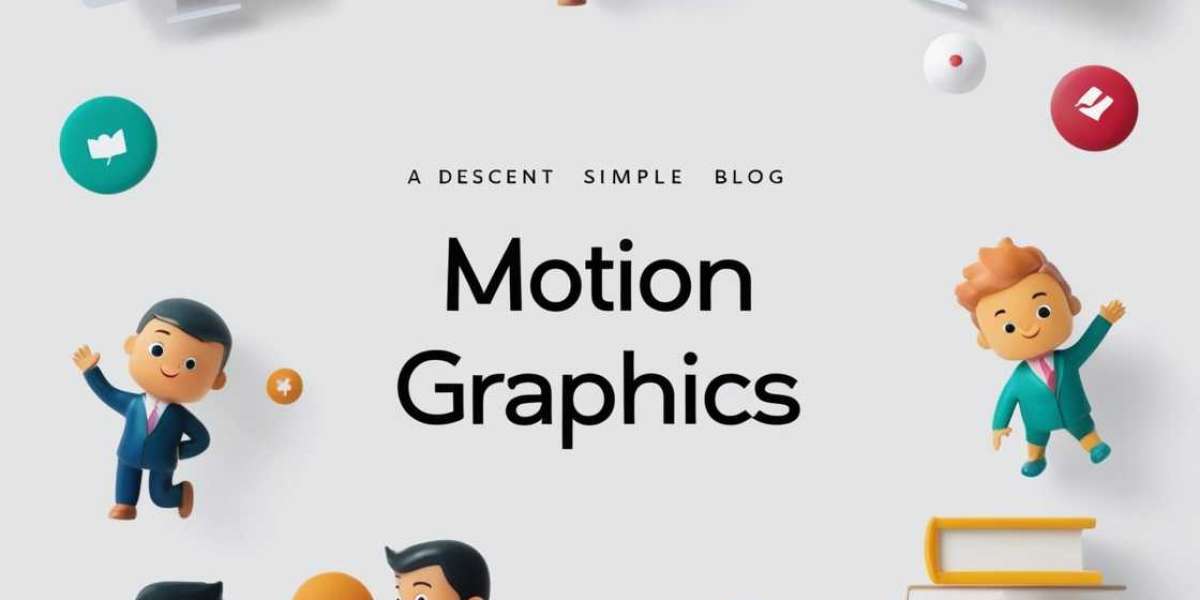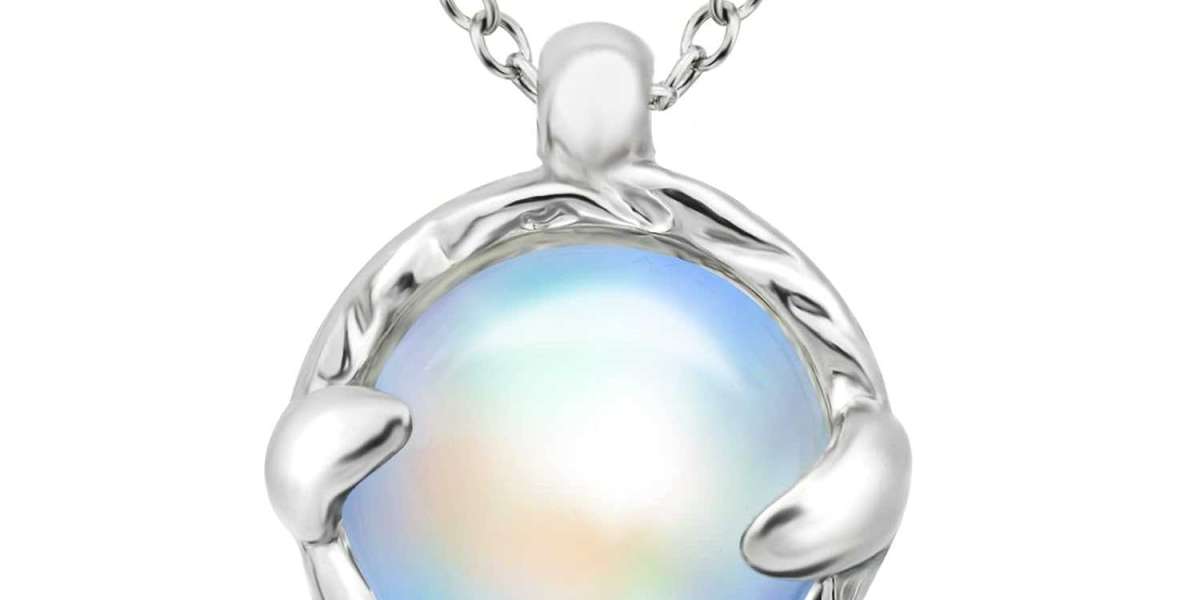Motion Graphics
Before delving into which type of motion graphics is better, it’s important to understand the fundamental differences between the two techniques.
2D Motion Graphics
2D motion graphics refer to animations created in a two-dimensional space. These animations are flat, often designed using graphic design elements such as shapes, lines, and typography. The objects within 2D motion graphics move along two axes (X and Y), creating a sense of motion and depth through techniques like scaling, rotation, and shifting. Common tools for creating 2D motion graphics include Adobe After Effects, Adobe Illustrator, and other vector-based software.
This style is commonly used for explainer videos, advertisements, social media content, and infographics. Motion graphics and animation in this style are relatively straightforward, making them quicker and less resource-intensive to produce than 3D motion graphics.
3D Motion Graphics
On the other hand, 3D motion graphics involve three-dimensional space, meaning objects move along three axes (X, Y, and Z), giving them depth, volume, and perspective. These animations are created using advanced software like Cinema 4D, Blender, and Autodesk Maya. The motion graphics designer working on a 3D project has the freedom to create fully realized, lifelike objects and environments that can be manipulated from any angle, creating more immersive and detailed experiences.
3D motion graphics are often used for high-end visuals in video games, product visualizations, architectural renderings, and feature films. They are more complex and time-consuming to produce, but the results can be breathtaking, with realistic textures, lighting, and depth.
The Key Differences Between 2D Motion Graphics and 3D Motion Graphics
1. Visual Complexity and Realism
One of the primary differences between 2D motion graphics and 3D motion graphics is the level of visual complexity and realism. 3D motion graphics can create highly realistic environments and objects, offering intricate details and lifelike visuals. This is ideal for product visualizations, immersive environments, and complex storytelling.
However, 2D motion graphics are simpler in design and often rely on abstract visuals or stylized illustrations. The flat nature of 2D motion does not convey the same sense of depth or realism as 3D motion graphics, but it can be more effective when the goal is to simplify complex ideas or focus on a clear message.
2. Ease of Production
In general, 2D motion graphics are easier and quicker to produce than 3D motion graphics. Because 2D motion graphics focus on simpler visuals and movements, a motion graphics designer can create a compelling animation with fewer resources and less time. This makes 2D motion graphics a more budget-friendly option for companies on tight timelines or budgets.
In contrast, 3D motion graphics require more sophisticated modeling, rendering, and animation techniques, making the production process longer and more expensive. Creating a fully realized 3D environment or character involves much more detail, making it a more complex and time-consuming process.
3. Audience Engagement
2D motion graphics are often more direct and stylized, which can make them more appealing to certain audiences. For example, they work well for explainer videos, tutorials, and educational content, where the goal is to simplify complex ideas in a digestible way. The simplicity of 2D motion graphics often helps to highlight key information without distractions.
In contrast, 3D motion graphics tend to be more immersive, offering a higher level of engagement due to their realism and depth. They can evoke stronger emotional responses, making them ideal for projects that require a high degree of visual spectacle, such as product launches, brand animations, or cinematic trailers.
4. Style and Aesthetic Appeal
The aesthetic appeal of 2D motion graphics and 3D motion graphics is also a critical factor when choosing between the two. 2D motion graphics often have a minimalist, clean look that can be tailored to match the tone of the brand or project. Their flat design and stylized illustrations can evoke a modern, contemporary, or even playful feel, making them suitable for startups, tech companies, and social media campaigns.
3D motion graphics, on the other hand, offer a high level of detail and realism. The depth and perspective in 3D motion graphics can make objects and characters appear lifelike, which can be particularly effective for industries like architecture, product design, or entertainment. The added depth gives 3D designs a more dynamic, immersive feel.
When Are 2D Motion Graphics Better?
While 3D motion graphics are impressive, there are several situations where 2D motion graphics might be the better choice.
1. Explainer Videos
For businesses or brands looking to create explainer videos, 2D motion graphics are often the ideal solution. These videos focus on delivering clear, concise messages, and 2D motion graphics are well-suited for breaking down complex ideas into digestible visual elements. With 2D motion graphics, designers can simplify and highlight key points without overwhelming the viewer.
2. Social Media Content
Social media platforms thrive on attention-grabbing content, and 2D motion graphics are perfect for this. Whether it’s an animated logo, promotional ad, or quick explainer video, 2D motion graphics can be produced faster and more efficiently. Their stylized design makes them ideal for short-form content, and the visual impact of 2D motion graphics can effectively capture viewers' attention in a busy social media feed.
3. Educational and Informational Content
When creating educational or instructional content, 2D motion graphics excel at simplifying complex concepts. By focusing on visuals like charts, diagrams, and text, 2D motion graphics can communicate information quickly and clearly. The simple, graphic nature of 2D motion makes it an excellent choice for tutorials, how-to videos, and explainer animations.
When Are 3D Motion Graphics Better?
While 2D motion graphics are ideal for some projects, 3D motion graphics shine in other areas due to their advanced capabilities.
1. Product Visualization
If you are launching a new product and want to showcase its features in a realistic, detailed way, 3D motion graphics are the better choice. With 3D modeling, designers can create lifelike representations of products, highlighting their functionality and design in a way that 2D motion graphics cannot achieve. This makes 3D motion graphics especially effective for tech gadgets, luxury items, or products with intricate details.
2. Entertainment and Cinematic Projects
For entertainment, gaming, and cinematic experiences, 3D motion graphics offer the level of realism and visual depth required to captivate audiences. Whether it's creating a realistic cityscape, modeling a character, or designing complex environments, 3D motion graphics add a sense of realism and immersion that 2D motion graphics cannot replicate. This makes 3D motion graphics the go-to choice for films, video games, and high-end animations.
3. Branding and High-End Campaigns
3D motion graphics are often used in high-end branding campaigns where realism and impact are essential. For example, luxury brands or high-tech companies may use 3D motion graphics to showcase their products or services in a way that feels exclusive and cutting-edge. The detailed, three-dimensional aspect of 3D animations can create a strong visual identity that stands out in competitive markets.
Conclusion: Are 2D Motion Graphics Better Than 3D?
The debate between 2D motion graphics and 3D motion graphics ultimately depends on the goals of the project and the specific needs of the brand or business. 2D motion graphics are often the better choice for projects that require simplicity, clarity, and cost-effectiveness. They are ideal for explainer videos, social media content, and educational materials, offering a streamlined and accessible way to communicate ideas.


